2018-10-21
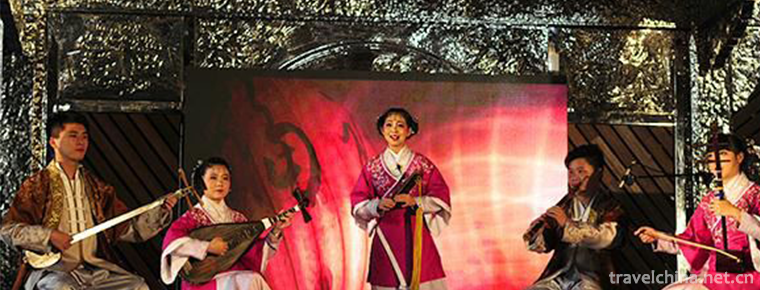
- By ChinaWiki.net
- Chinese Edition
- 2019-06-07
southern accent
Nanyin, also known as "string" and "Quanzhou Nanyin", is the oldest ancient music in China. During the Han, Jin, Tang and Song dynasties, the immigrants from the Central Plains brought music culture into the southern Fujian area centered on Quanzhou, and merged with local folk music to form a cultural form of expression with the lingering rhyme of ancient music in the Central Plains, Nanyin.
It is known as "the living fossil in the history of Chinese music". It originated in Quanzhou, Fujian Province. Singing in Quanzhou Minnan dialect is the oldest traditional music in China. The singing method of Nanyin retains the traditional and ancient national singing method before Tang Dynasty, and the second creation of its singers and musicians is very arbitrary.
"Nanyue" refers to the area where it is spread. In ancient times, most of the "Nanyue" guideline music was played by silk and bamboo chords. Langjun music and Langjun singing refer to the worship of Mengfu Langjun as the music God by the Nanyue musicians. Also known as "Jinqu", "Wuyin" and so on.
Nanyin originated in the pre-Qin Dynasty and flourished in the Tang Dynasty. It was formed in the Song Dynasty. It is one of the oldest music types in China. The performance of Nanguan maintained its characteristics in the Tang and Song Dynasties. For example, the pipa, the dominant instrument in Nanguan, did not evolve with the times. It still maintained the abdomen and short neck of Tang Dynasty, and played with a horizontal pluck. Its music mainly consists of "finger", "score" and "song". It is a relatively rich and complete type of music in ancient China and a representative work of human oral and intangible heritage.
On May 20, 2006, it was approved by the State Council to be included in the first batch of national intangible cultural heritage list.
On October 1, 2009, Fujian Nanyin (Quanzhou Chord) was officially listed as the representative works of the intangible cultural heritage of mankind by UNESCO.
In December 2018, the General Office of the Ministry of Education announced that Quanzhou Teachers College is a base for the inheritance of Nanyin's excellent traditional Chinese culture.
historical origin
The word "Nanyin" should first appear in the Han Dynasty, Zhang Heng's "Nandu Fu" cloud: "Qi Li sings Zhao Nu, sitting in Nange to dance Zheng." Gao Baizhu said, "Nan Song, take Nan Yin as a song." Documents on Nanyin are available. "Lushi Chunqiu Yinchu" records: "Yu Xinggong, see the daughter of Tushan, Yuwei encounter, while touring the southern land of the province... A woman is a song. The song says:'Hou Ren Biao!' Actually begin to make Nanyin. According to the similarities between Hou Renli and Chu Ci, Nanyin mainly refers to Chu Yin, and probably includes Wu Yin and Yue Yin in the lower reaches of the Yangtze River. Yang Kuangmin: A Preliminary Study of Chu Sheng's Present and Past, Jianghan Forum, No. 5, 1980.
Tang and Song Dynasties
It is generally believed that Nanqu originated in Tang Dynasty and formed in Song Dynasty.
(1) According to the documentary records, in the first year of Guangqi (885) of Tang Qizong, Wang Chao and Wang Juzhi led the army into Fujian, and they brought the Tang Dynasty "Daqu" to spread among the people. Daqu and local folk music interact and absorb each other, resulting in a unique "Nanqu".
(2) Pipa, the main instrument of Nanqu, is played obliquely. The barrel shafts used are strictly stipulated to be one foot eight inches. The playing posture and form of these two instruments coincide with the old system of Tang Dynasty.
(3) The names of Nanqu Qupai are the same as those of Daqu and Faqu in Tang Dynasty. For example, "Mahaodule", "Midnight Song", "Qingping Music", "Liangzhou Music", "Brahman" and so on.
(4) Five famous Southern Opera dramas in the Song Dynasty, Jingchai Ji, White Rabbit Ji, Yueyue Ji, Dog Killing Ji and Pipa Ji, are also performed in Southern Opera.
Yuan Dynasty
During the Yuan Dynasty, literati joined in the creation of operas. On the one hand, Nanyin absorbed the content of Yuan operas, on the other hand, it imitated its style to create. As far as the five legends Pipa, Jingchai, White Rabbit, Baiyue Pavilion and Dog Killing are concerned, they have enriched the Southern-tone tunes. In addition, the local tunes have also been absorbed and integrated by the Southern-tone. After the mid-Ming Dynasty, Kunshan and Yiyang tunes, which were popular in Jiangsu and Zhejiang provinces, were introduced into southern Fujian and absorbed by Nanyin, and their creations were increasing day by day. Up to the Qing Dynasty, Nanyin was quite mature.
Argument
There are a lot of research materials on the origin and development of Nanyin. There are mainly the following arguments:
1. Nanyin originated from Xianghe Song in Qin and Han Dynasty, such as "Tendency", "Chaos" and "Yanqu" all have the shadow of Nanyin.
2. Nanyin originated from "Daqu" and "Yayue" in Tang Dynasty.
3. The Southern Sound originated from the "Song" of the Yuan and Ming Dynasties.
4. Nanyin was formed in Ming and Qing Dynasty, and Beiqu moved southward.
Representative Works
The content of Nanyinqu Ci can be roughly divided into three categories: lyric, scenery and narrative. It is mainly based on the legends of Tang Dynasty, scripts and stories of dramatic characters in Song and Yuan Dynasty and Ming Dynasty. Among them, the songs such as "Mountains and Steep", "Out of Han Pass", "Gong Jun Juan Yu", "Sending Brothers and Sisters-in-law" are widely circulated.
Inheritance Significance
Quanzhou Nanyin has a deep mass base. As a cultural form of cultivating sentiment and entertaining oneself, it is closely related to the life of the people in southern Fujian. There are almost all folk Nanyin associations in the places where the people of southern Fujian live together. In addition to Quanzhou, Zhangzhou, Xiamen, Hong Kong, Macao and Taiwan, Quanzhou Nanyin has also spread to the Philippines, Indonesia, Singapore, Malaysia, Thailand, Myanmar, Vietnam and other countries. It has become a spiritual link to maintain the homesickness of overseas Chinese and Taiwan compatriots, and has played a positive role in promoting national identity.
Relevant protection
Relevant governments have always attached great importance to the protection and promotion of Nanyin, putting it in an important position of economic and social development. In 2002, Quanzhou started to declare Nanyin as a representative of the intangible cultural heritage of mankind to UNESCO, and took the process of declaration as a process of protection and promotion, such as formulating and implementing the decision of protection and revitalization of Nanyin art in Quanzhou, conducting a census of Nanyin society and recommending and approving the representative inheritors of Nanyin profession, and supporting the publication or publication of one by the cultural department. Criticize the classics and research articles of chord tube, etc. Quanzhou Opera, Nanyin Exhibition Hall and Nanyin Art Court invested by Quanzhou Municipal Government have been completed and opened successively. Professional organizations and folk associations have also made many trips to Jinjing and abroad to exchange and sing, which has had a good impact.
On May 20, 2006, it was approved by the State Council to be included in the first batch of national intangible cultural heritage list. On June 8, 2007, the Southern Music Troupe of Quanzhou City, Fujian Province, won the First Cultural Heritage Day Award promulgated by the Ministry of Culture.
On October 1, 2009, Nanyin (Quanzhou Chord) was officially listed as a representative of the intangible cultural heritage of mankind by UNESCO. It has been nearly 8 years since Quanzhou officially launched the declaration of Nanyin in Quanzhou in May 2002.
On the day of celebrating the 60th birthday of the People's Republic of China, Quanzhou Nanyin was officially selected as the fourth group of representative works of intangible cultural heritage of mankind published by UNESCO.
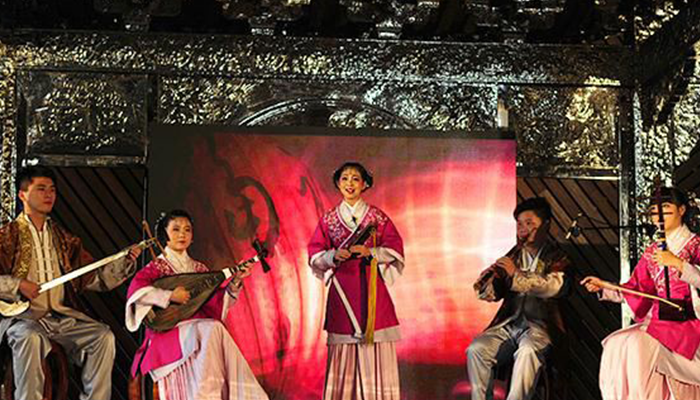
Ask a Question
Your email address will not be published.
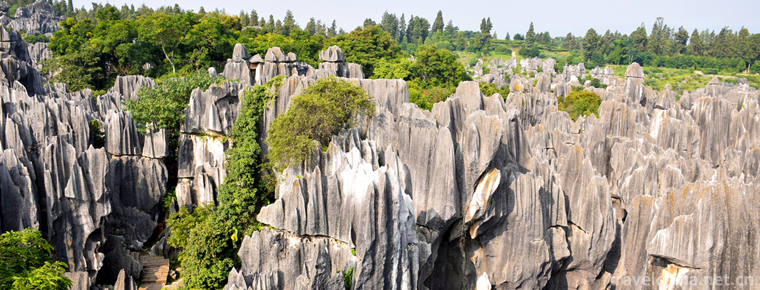
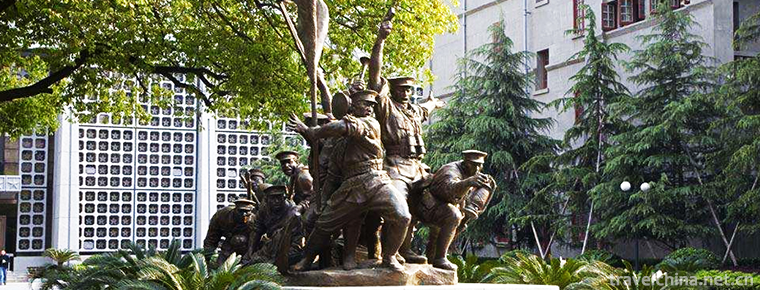
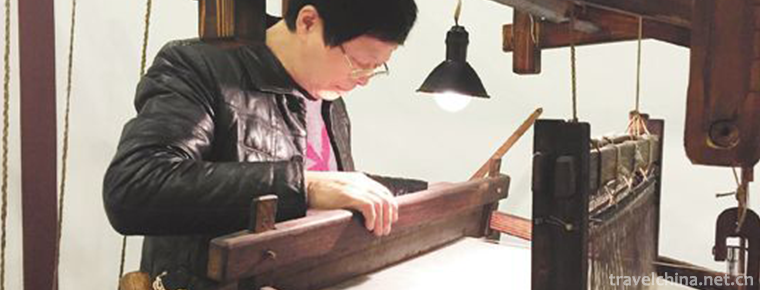
0 Questions